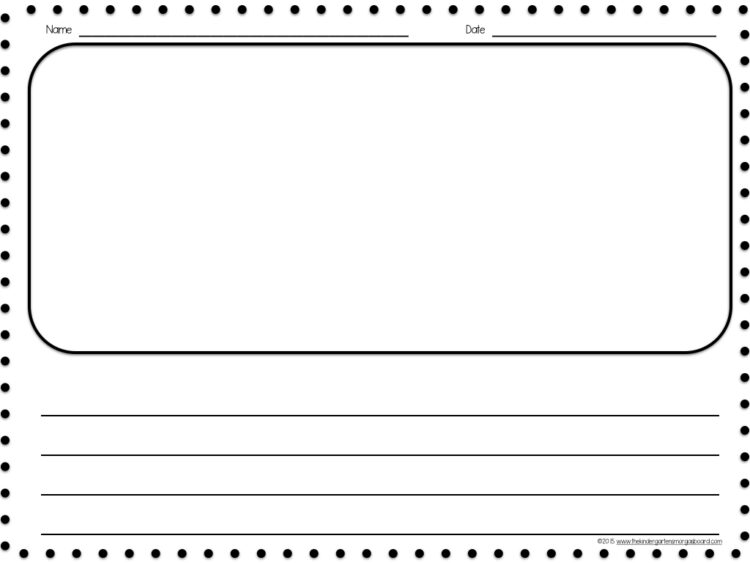An organized essay is captivating to read. The ideas discussed are more compelling because the reader focuses on the content instead of structural flaws. According to writemyessay.today, supervisors and vetting panels will award a better grade of a well structured and organized paper compared to one written in a haphazard manner.
The interesting aspect about organizing research papers is that once you have mastered the rules you will only be making slight changes based on specific instruction. For example, all essays require a title, introduction, body, and conclusion. Your role when writing is to change these sections depending on the topic or subject you are handling.
The structure of an essay and organizing it appropriately are important for several reasons.
The reader can follow your discussions logically because each section is in its rightful place
A reader will concentrate on the content of your discussion instead of structure and organizational errors. It makes your work more compelling to read.
It is one of the ways of standardizing academic work. Organized and wells structured work add to your excellent performance.
If organizing your research paper is this important, how can you achieve it? Here are excellent tips on how to organize a paper to make it compelling and interesting to read.
Page Contents
1. Create an Outline

Source: essaymin.com
The outline is a skeleton of the paper you are about to write. It highlights the points from the introduction to the body and conclusion. The outline helps you to order the ideas and identify what will open the paper, form part of the body, and close the discussion.
Create the outline as part of brainstorming. You begin with ideas flowing in a haphazard manner. There is no determining which one comes first and the point to close the discussion. Just allow them to flow off your head or as you peruse through your reference materials.
Review the ideas to see the strongest for opening the discussion and which one will create an impact when used in the closing argument. Some of the weak ideas can be merged while stronger ones are split. With a wider view of the entire paper, you can now commence writing.
Do not look at the outline as a static map. New ideas will emerge and squeeze in the middle or the others you have already identified. What looked like a subtopic could also turn into a topic once you find more materials to support the idea. In other cases, you might land on credible information that negates a point you had included in the outline. Do not hesitate to erase the idea. It only acts as a guide and a tool for organizing your thoughts.
2. Use Samples

Source: collegeinfogeek.com
The structure of a research paper must be maintained by all students. All elements and sections must be in place for the paper to get the top score. However, wordy and incomprehensible instructions may slow down your writing as you try to figure out the descriptions. In other cases you might have the materials but with no idea how to express the point. Obtain a certified sample from your tutor or supervisor.
Samples have already executed the instructions, leaving you with the lighter duty of following the instructions. You will imitate the samples, especially how the work is organized. Most of your energy will now go into delivering high quality content.
The samples must be prepared following the same instructions as your assignment. Further, they should be from a credible source like a professional database, library, or the department. Such sources guarantee quality because all materials are heavily vetted to avoid misleading students who depend on them. Remember that the use of a wrong sample will result in an academic disaster.
3. Follow Instructions Provided

Source: wikihow.com
The structure of your research paper is captured in the instructions. Instructions indicate the topic or subject of discussion and the perspective you are expected to adapt. For instance, you may be required to describe a process while on another paper the instructions want you to give similarity and differences. One of the papers will have a single section while the other has two.
Your supervisor will clarify any fuzzy instructions. Further, you may seek clarification from online materials like apps and research paper writing websites. Writing assistants are also available to answer questions and even write the entire paper. In the end, you should edit the paper with the instructions as a checklist. Your performance will depend on how well you executed the instructions.
4. Make Your Essay Unique

Source: mindmeister.com
The academic field is looking for creative minds that can develop captivating ideas. While there are rules to follow during writing, these rules leave a lot of room for maneuvers. The maneuvers are informed by your interpretation of the topic. Take the opportunity to infuse a structure that helps you to best express your idea. It could include the addition of new subsections or inclusion of images and charts. If the new format helps you to communicate better, it is welcome.
5. Use the Template Provided

Source: write-paper-for-me.online
A template leaves you with the easy task of filling content. The main parts have already been identified and left blank for you to fill. The headlines are also already provided. Directions are also available for tasks that may appear difficult. With a template, you spend your time on content, enabling you to deliver a more compelling paper.
Instructions provide the primary guide when organizing your research paper. If the instructions are not clear, you should turn to samples and examples. While the rules and instructions exist, do not shy away from making alterations that will improve the quality of your work.





